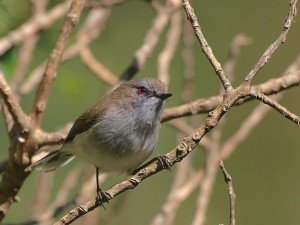Garden bird-feeding directly influences the number of native and introduced bird species in a local area, according to new research from the University of Auckland.

Through monthly observations of 23 test sites over an 18 month period, the study, published in PNAS on Tuesday, found supplementary feeding of grains and bread changed the local bird population structure.
Feeding was found to favour introduced birds particularly house sparrows and spotted doves as opposed to native species. Introduced birds have different dietary requirements preferring grains and seeds which is more suited to the extra food being supplied in gardens.
In contrast, grey warblers declined by as much as 50% at feeding properties. This could be due to a higher density of birds disrupting the foraging nature of these small native birds explained co-author Josie Galbraith.
“They typically forage on insects in the tree canopy but their ability to forage efficiently may be being affected by the disruption of higher densities of other birds at feeding sites,” she said in a media release.
“There is some evidence their numbers are declining anyway, so this study does add to that concern.”
However, once feeding was stopped local bird populations returned to previous levels.
The findings suggest that a higher density of birds could have a wider effect such as increased predation on insects, increased competition for nesting sites and an increased risk of transmitted avian diseases.
This research was covered in the following media:
New Zealand Herald: Backyard bird-feeding makes life tougher for tiny native
Stuff.co.nz: Native grey warbler loses battle for food
Radio NZ: Feeding not helping native bird